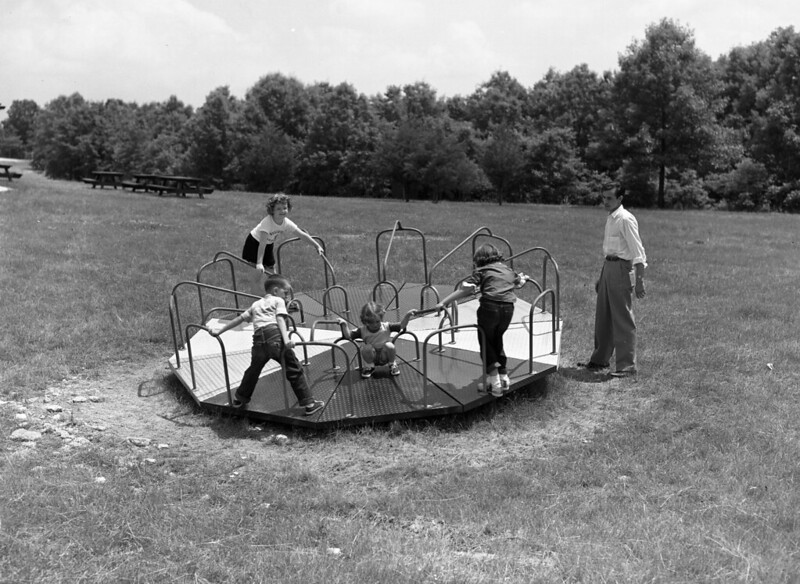Final Delivery: January 24rd, 11:59pm.
Overview: Games are increasingly looked at as a education tool. Explore teaching a skill or a body of knowledge (What started WW1? How does gravity/evolution work? What’s the history of gay rights? How does probability work?) with a game. Game will be for undergraduate college students (to make it easy to playtest.)
Media: Tabletop (Board, card, etc)
Concept Statement:
I plan to design a game to teach _____ for _(Player Type, Number)_. I believe it will include these kinds of fun: _____. My learning outcomes are _______. I will measure them by ______. I want to do this kind of game because ________. Games similar to this are __________. My biggest concern is___________.
Process:
During 2A: Form teams, develop concept statement, create raw prototype
Due 2B: Concept statement. Playable prototype that has been tested 2+ times, < 3 minute presentation
During 2B: Give < 3 minute presentations. Refine game, test
Due 3A: Refined game (refine by doing 1 or more playtest with outsiders)
During 3B: Final playtest: teaching team will assess games during class
Deliverable
Documentation is submitted on this blog.
- Overview: 250-500 words on your intent (Concept Statement as prose)
- Photos of “Packaging” (Optional for 2% extra credit on the assignment)
- Rules – Must be written, and must include story background etc. The game must be playable with the written rules alone (i.e. no help from the creator)
- Game Bits (board, cards, die, etc etc)
- Assessment: One page (250 words) on what assessment goals you chose and how your collected playtest metrics compared to your goals.
- History
- Versions of game, with notes on what changed and why
- Photos/video clips of gametesting, with list of how many people played in and what demographics they had (M/F, age, background)
- Link to a “print at home” version (PDF). It includes
-
- Rules
- Any printable materials (like cards or a board)
- A guide to non-printable materials
- A final playtest video, so I can see the gameplay. You could also make a “how to play” video as well, but this is optional.
Examples:
Rubric:
- Fun/Engaging (via watching the game and/or seeing a playtest.) 30%
- Meets Learning and Assessment Objectives: 40%
- Documentation: 20%
** playtesting issue documentation
** learning goals assessment - Iteration documentation
- Craft (no packaging, just smart choices with what they have.) 10%
(subject to change)



https://mechanicsofmagic.com/2022/01/24/project-1-spoon-theory/
https://mechanicsofmagic.com/2022/01/27/project-1-diabejeez/
https://mechanicsofmagic.com/2022/01/28/the-golden-tulip/
https://mechanicsofmagic.com/2022/01/28/rachel-naidich-project-1/
https://mechanicsofmagic.com/2022/01/29/p1-the-warblers/
https://mechanicsofmagic.com/2022/01/30/p1-yokaipedia/
https://mechanicsofmagic.com/2022/01/31/rock-or-roll/
https://mechanicsofmagic.com/2022/01/31/p1-o%c2%b7no%c2%b7ma/
https://mechanicsofmagic.com/2022/03/07/project-1-game-of-queens/